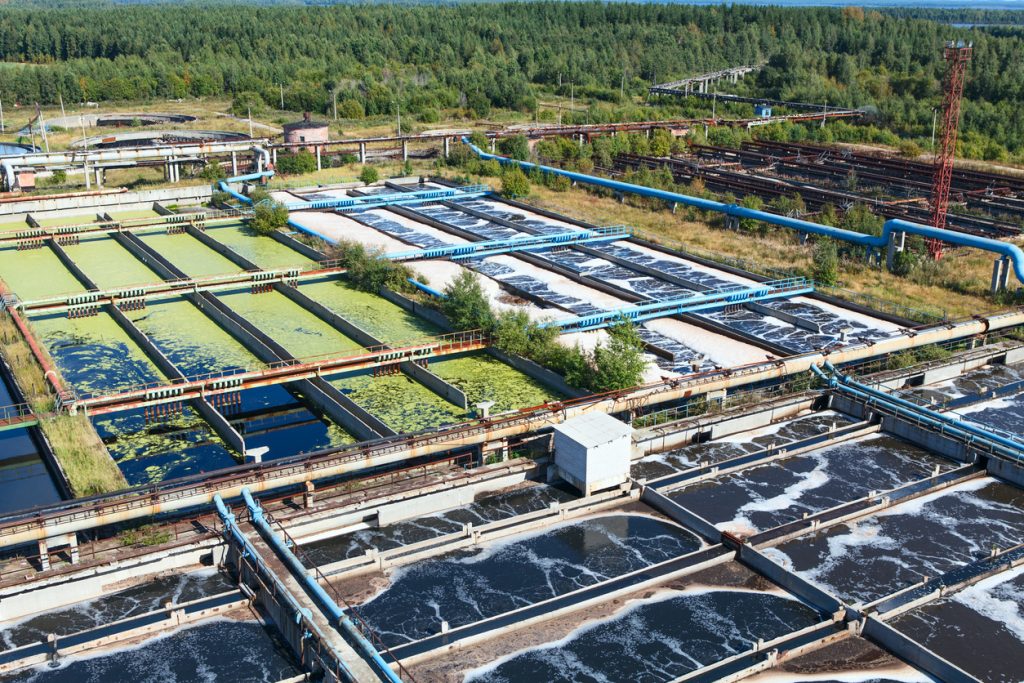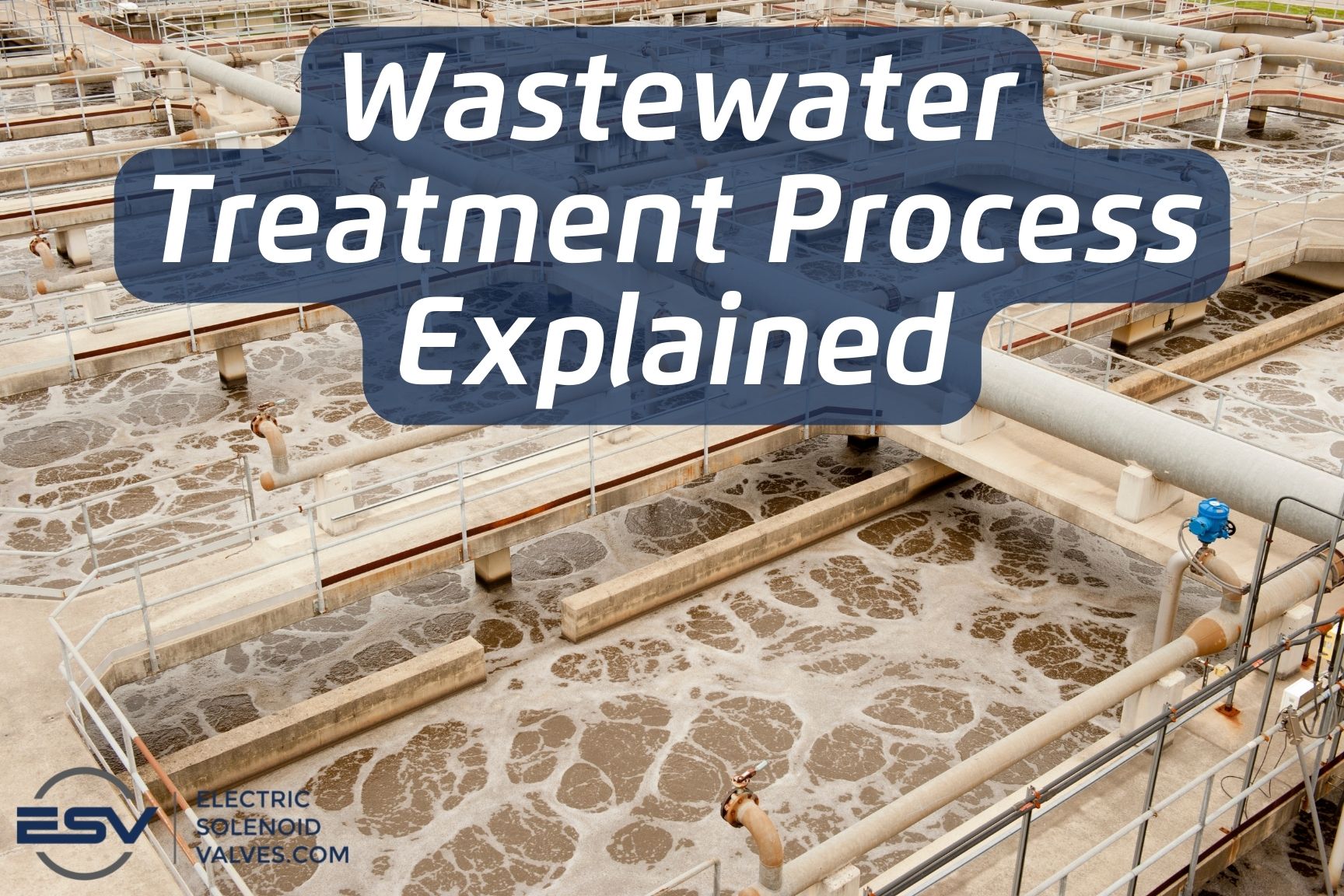Ecological Influence of Waste Water Treatment: What You Need to Know
Ecological Influence of Waste Water Treatment: What You Need to Know
Blog Article
Strategic Approaches to Improve Drainage Treatment Performance and Minimize Environmental Effect
In the realm of drainage therapy, the pursuit for enhanced effectiveness and minimized ecological impact is a continuous obstacle that demands strategic remedies. As society comes to grips with the necessary to handle water sources sustainably, a nuanced approach ends up being necessary. The assimilation of advanced treatment technologies, energy-efficient procedures, source healing strategies, boosted nutrient removal strategies, and clever surveillance and control systems stands for a complex structure for addressing these pushing problems. Nonetheless, what exists at the core of this facility internet of approaches is the possible to reinvent the method we approach waste water treatment, not simply as a procedure of disposal, yet as a useful chance for development and environmental stewardship.
Advanced Therapy Technologies
Cutting-edge membrane purification systems have revolutionized sophisticated wastewater therapy procedures, substantially improving the elimination of contaminants. These cutting-edge systems function forcibly water with a semi-permeable membrane, successfully dividing impurities from the water stream. The membrane layer's tiny pores trap contaminants such as germs, infections, and put on hold solids, allowing only detoxified water to pass through. This technology has confirmed to be highly effective in eliminating a variety of pollutants, consisting of pharmaceuticals, heavy steels, and natural compounds, which are often testing to remove through typical therapy methods.
In addition, membrane filtration systems use various advantages over standard treatment approaches. In addition, these systems are extremely versatile and can be conveniently incorporated into existing treatment plants or made use of as standalone units for decentralized applications.
Energy-Efficient Procedures
The assimilation of energy-efficient processes in wastewater therapy systems is critical for maximizing source utilization and reducing functional expenses. By executing energy-efficient technologies, treatment plants can dramatically reduce their carbon impact and overall ecological influence. One essential strategy to enhancing power performance in wastewater treatment is the use of advanced aeration systems, such as great bubble diffusers or surface aerators, which can boost oxygen transfer effectiveness and lower power usage. Additionally, including energy recuperation systems, like anaerobic digestion for biogas manufacturing or utilizing excess warm for thermal processes, can assist counter energy needs and promote sustainability.
Moreover, maximizing procedure control and automation via the use of advanced sensors and monitoring systems can enhance general power performance by adjusting operations in real-time based on actual need and conditions. Carrying out energy audits and regularly keeping an eye on power efficiency indicators are necessary techniques to identify areas for renovation and track energy-saving efforts successfully. Generally, the fostering of energy-efficient procedures in wastewater therapy not just benefits the atmosphere but also adds to lasting expense savings and operational sustainability.
Source Healing Techniques
With a focus on maximizing source use and sustainability in wastewater treatment systems, the application of resource recovery approaches becomes a crucial facet in boosting functional effectiveness. Resource healing techniques in wastewater treatment entail the identification and extraction of important resources from the waste stream, thus transforming what was as soon as considered waste right into a valuable possession. By carrying out resource healing strategies such as nutrient removal and recuperation, energy generation from raw material, and the manufacturing of recyclable water, wastewater treatment plants can lessen ecological impact while taking full advantage of efficiency.

Boosted Nutrient Elimination Methods
Carrying out sophisticated nutrient removal techniques is necessary for maximizing the performance of wastewater therapy systems. Boosted nutrient elimination plays an essential function in decreasing the ecological effect of cured effluent released into water bodies. One of the vital strategies used for enhanced nutrient removal is the process of organic nutrient elimination (BNR), which involves the elimination of nitrogen and phosphorus with biological processes. This can be attained with using specialized microorganisms that can transform nitrogen substances right into inert nitrogen gas with denitrification, and gather phosphorus within their cells via a procedure called enhanced biological phosphorus elimination (EBPR)

Along with BNR, progressed treatment approaches such as membrane layer bioreactors (MBRs) and built wetlands can additionally be used to boost nutrient elimination effectiveness. MBRs use membrane layers to accomplish top quality effluent criteria by successfully getting rid of nutrients and suspended solids. Created marshes mimic natural wetland procedures to get rid of nutrients with plant uptake, microbial task, and sedimentation. By including these advanced nutrient removal methods right into wastewater therapy communities, systems and sectors can efficiently lower nutrient pollution and safeguard the atmosphere.
Smart Tracking and Control Solution
Making use of sophisticated modern technology, the assimilation of clever monitoring and control systems revolutionizes the operational performance of wastewater therapy facilities. These systems incorporate innovative sensors and information analytics to continuously keep an eye on essential specifications such as pH degrees, turbidity, liquified oxygen, and circulation prices in real-time. By collecting and examining this information, drivers can obtain valuable insights into the performance of the treatment processes, enabling aggressive modifications to optimize treatment effectiveness.
Smart surveillance and control systems likewise support remote surveillance Visit This Link abilities, permitting operators to accessibility real-time data and control features from off-site places. This remote accessibility boosts operational versatility and responsiveness, enabling quick interventions in situation of system breakdowns or changes in influent quality. The anticipating maintenance abilities of these systems aid prevent devices failings and minimize downtime, eventually boosting the overall integrity of wastewater treatment procedures.
Final Thought
To conclude, tactical methods such as innovative treatment modern technologies, energy-efficient processes, resource recuperation approaches, boosted nutrient elimination techniques, and smart monitoring and control systems play a critical duty in enhancing wastewater these details treatment efficiency and lessening ecological impact. By executing these strategies, wastewater therapy plants can enhance their general efficiency, minimize power intake, recuperate beneficial sources, and make certain compliance with ecological policies. These techniques are necessary for sustainable and efficient wastewater management methods.

In conclusion, critical techniques such as innovative therapy innovations, energy-efficient processes, source healing approaches, improved nutrient elimination techniques, and wise surveillance and control systems play a crucial function in boosting wastewater treatment effectiveness and decreasing environmental effect.
Report this page